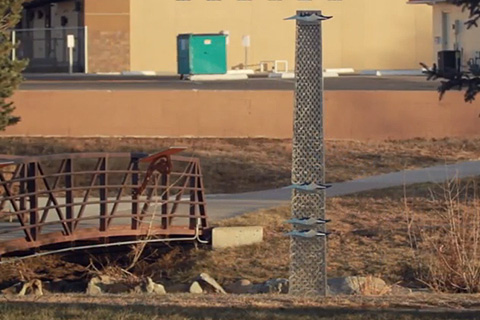
After a nightmare flood in 1997, Fort Collins, Colorado, stepped up efforts to improve resilience in the face of extreme events--efforts that will also serve the community well if climate change leads to heavier rainstorms.
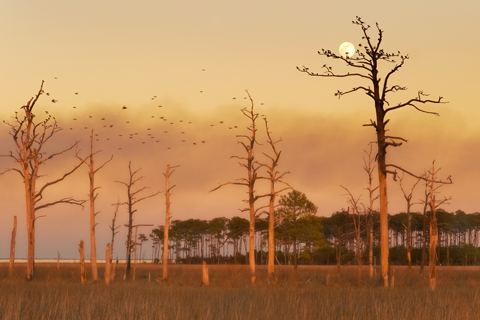
Fish nursery. Bird sanctuary. Storm surge blocker. Maryland’s Blackwater Marsh Wildlife Refuge is all those things and more. And it could be completely underwater by the end of this century. A team of ecologists and climate experts is determined to find and conserve migration corridors for the critical wetland ecosystem.
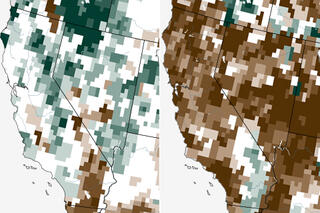
Groundwater: California’s big unknown
August 27, 2014
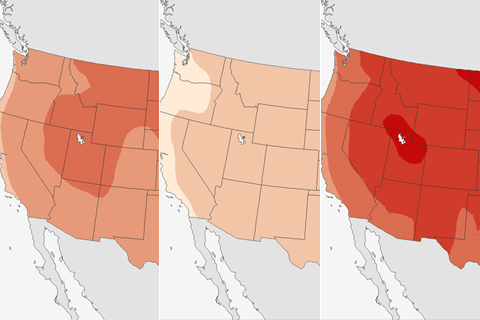
Despite uncertainties around future precipitation change, it is clear that as temperatures rise in Colorado, the state is expected to face significant challenges to managing water resources, according to a new report.

Jacqueline Kozak Thiel, Hawaii's State Sustainability Coordinator, talks about the state's unique sustainability challenges and how the island chain is planning for climate change.
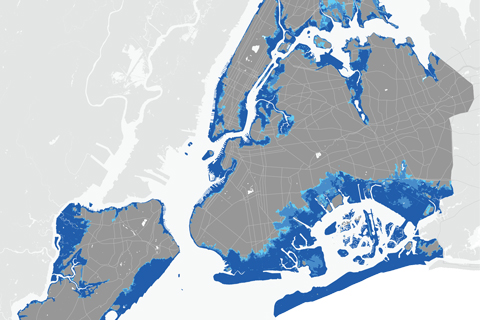
If mid-century projections of sea level rise prove true for New York City, four times as many people may be living in the 100-year floodplain than were previously estimated based only on observed changes.
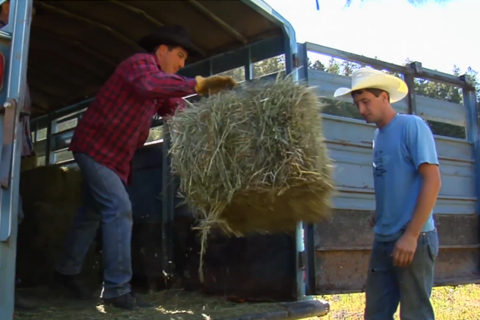
Working with private companies, the U.S. Department of Agriculture’s Risk Management Agency uses precipitation data from NOAA’s Climate Prediction Center as part of an insurance program for ranchers and those who grow hay or other livestock forage. This video describes how it works.
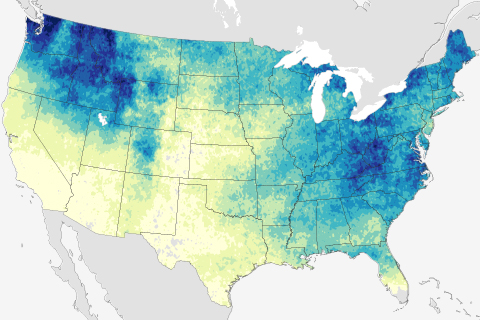
According to the 2009 National Climate Assessment, heavy downpours have increased in frequency and intensity during the last 50 years. Models predict that downpours will become still more more frequent and intense as greenhouse gas emissions and the planet’s temperature continue to rise.

Great Lakes ice cover most extensive since mid-90s
February 26, 2014

Water resources manager Laura Briefer describes how Salt Lake City’s Department of Public Utilities is using climate information to help plan for the city’s future.